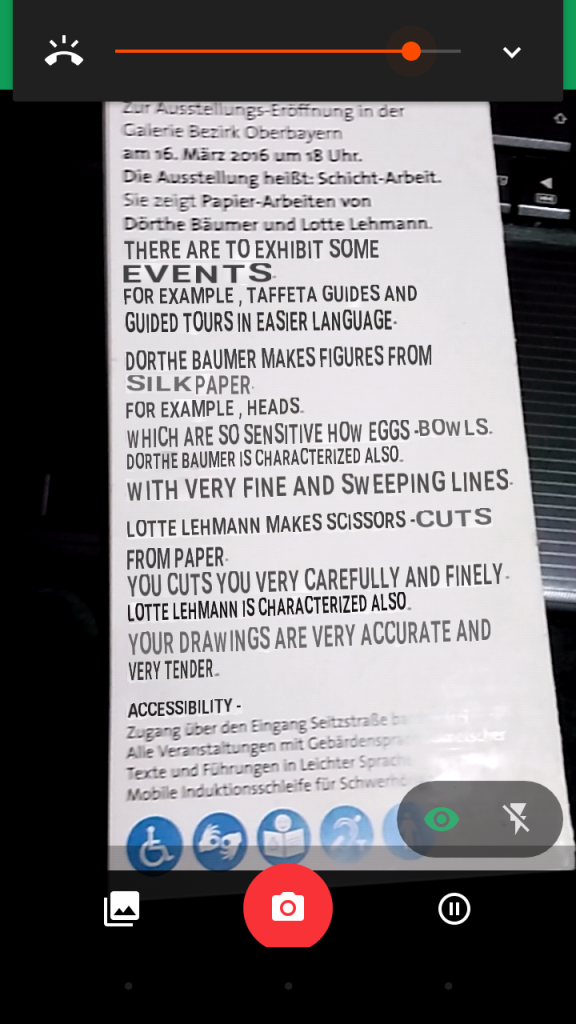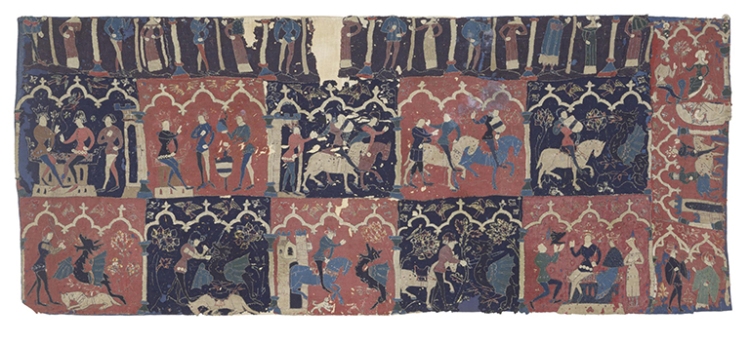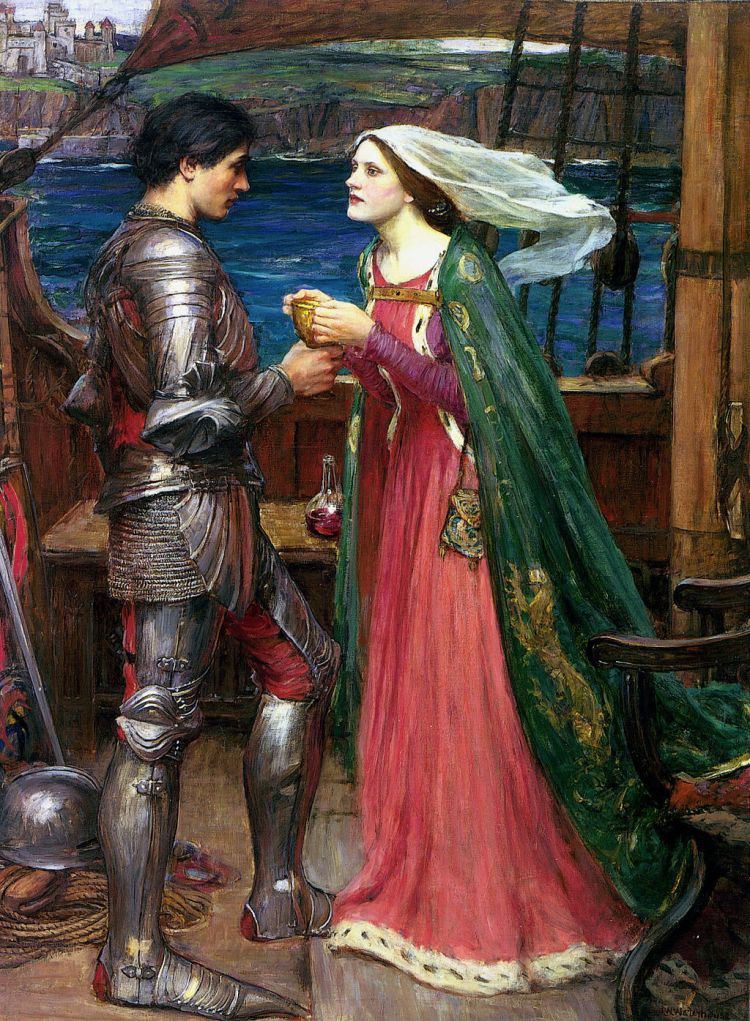It is Asexuality Awareness Week Oct 23-29, and after I wrote a post about it on facebook and got a lot of positive feedback I wanted to write something up for here as well.
Even though we’ve gotten a lot better at being open about, educating about and accepting different sexualities Asexuality often gets left out. Quite literally, after all LGBT or LGBTQ is a much more common abbreviation than the longer (and still problematic) form of LGBT(Q)IA(+) (lesbian, gay, bi, trans, (queer), intersex, asexual (and more)). But also because when we live in a world where people still need to be encouraged and it is still an act of bravery to openly love who they want, encouraging someone to not love people almost seems counter-productive.
Not that asexuality is about not loving people. So for those who are not familiar, here’s a quick roundup.
Being asexual in its broadest sense means to not be sexually attracted to people. Like gay men are not attracted to women, or lesbians not to men. It has nothing to do with aesthetic or romantic attraction, it’s not about any physical inability to be aroused, it’s not about shame. It is intricately connected to but ultimately apart from one’s sex drive, which determines not with whom you want to have sex with, but how often etc. And like any sexuality it exists on a spectrum, with many terms to describe people along it; the most common are greysexual (experiences some sexual attraction) and demisexual (experiences sexual attraction only to people they already have a close platonic relationship with).
So far so good. But this isn’t a post about misconceptions about asexuality, it’s about visibility. None of this is new, but it is my personal view on it as part of this community.
I grew up without sex drive or sexual attraction, but not knowing that other people experienced that I felt normal (and can only understand this in hindsight). Relationships were not of interest to me aside from the pressure to have a significant other that came from the media (It took me until I was 16 or 17 to realise that in our school of a thousand girls there were probably at least some bi or lesbian ones. It had genuinely just never occurred to me). I came to university and entered a relationship figuring this is What People Do and it might be my only shot; was infatuated for a while, identified as bi, got a hormonal contraceptive implant, suffered a deep depressive episode that I’m still working to get out of one and a half years later, was prescribed anti-depressants and throughout became less and less interested in the sexual parts of my relationships. All of these things could have had an impact on that. But here’s the important thing: That really doesn’t matter. Whether I’m feeling how I feel because my body chemistry is off is entirely irrelevant to the validity of my feelings (or lack thereof).
Feeling increasingly guilty about what seemed to me as not being up to scratch as a girlfriend I somewhat reluctantly looked more into asexuality. Reading the Wikipedia article on Asexuality was a start, but it’s not the most encouraging.
[A]sexuality is generally not considered a disorder or a sexual dysfunction (such as anorgasmia, anhedonia, etc.), because it does not necessarily define someone as having a medical problem or problems relating to others socially.
Even knowing that homosexuality was once classed as a dysfunction, being declared to be barely beyond a mental illness can be hurtful.*
But it wasn’t Wikipedia I went to, or even the Asexuality Visibility and Education Network (AVEN). I wasn’t sure I belonged there, and rather than these dry explanations of a feeling that I didn’t experience, I wanted a place where I knew real people were asking the same questions. So I went to tumblr. It’s where I trusted that real people with real experiences would be.
The rise of social media is generally considered to have made a massive impact on knowledge about asexuality and the building of a community. If you think about it, it’s not really surprising. Asexuality doesn’t really feature in other kinds of media at all. Admittedly, describing a lack of something is hard, but with the amount of fiction out there you’d think there would be some people who get it right. But typically the character who doesn’t get laid is a laughing stock, or something is wrong with them, or they are assumed to not be able to be at the centre of a romantic story arc, and so many of our stories are based around that. At best, a lack of sexual attraction or desire is present but remains unexplored.
Admittedly, queer fiction is generally in a terrible state. There is a whole section on tvtropes called “Bury your gays” with long lists of killed characters, here’s an interactive graphic illustrating how character death on TV happens disproportionately to women, people of colour and specifically lesbians, biphobia is a alive and well in TV shows right now. Going beyond sexuality, there’s been hardly any progress in trans characters being portrayed by trans actors (articles from 2012/2016 respectively), and agender, genderfluid or intersex identities are more or less entirely invisible.
In one of the conversations I had over asexuality after my facebook post we talked about how if you are not affected, some things pass you straight by. Most people don’t think about how their sex drive and sexual attraction are two different things, whereas for me it means I build relationships very differently. As a straight person, you are generally represented, and your privilege is that you can be ignorant of the lack of that representation for others (similar to the discussion of (racial) Diversity for 23 Things a few weeks ago).
Social media give us spaces where we kind find others like us, lesbians that don’t die, bisexuals who are proud to label themselves as such, happy trans, genderqueer, intersex, asexual people. The elderly queer couples that are entirely absent in the media. It shows us that to be queer is not a story arc that even if it doesn’t end tragically is always about conflict.
I’m lucky that I found this community (both online and offline) that made my figuring out of my sexuality as gentle and as supported as possible, that taught me that there is nothing wrong with my body or my mind, that gives me lists of media where I am represented beyond Wikipedia’s list of a stunning 11 confirmed asexual fictional characters, three of which are villains, one an eunuch, one an alien and one literally a cartoon sponge.
Aside from lack of representation there’s other difficulties for ace people, though as I personally have found they’re more problems with having little sexual desire rather than little sexual attraction. You can still have sex with someone you’re not attracted to, the problem starts if you’re not interested in having sex in a society that values sexual relationships above all others. But I’ll write about that another time. Despite all this, it’s having a label, knowing that other people like me exist and can be and often are happy and fulfilled, belonging to a community – all of these things have made it infinitely better and ultimately I’m proud to say I’m asexual.
I just wish that this identity was more visible and accessible for the many people who might be struggling and I’m not quite sure how to get there. But I’ll do what I can.
Starting with that terrifyingly tiny wikipedia list.
*I don’t want to criticise the editors of this particular article with that, its talk page seems well-moderated and full of great people conscious of the sensitivity of the topic. It’s just that as a first introduction it’s… not something you want to hear when you already feel like you’re letting down society by not wanting the things it says you want.





















